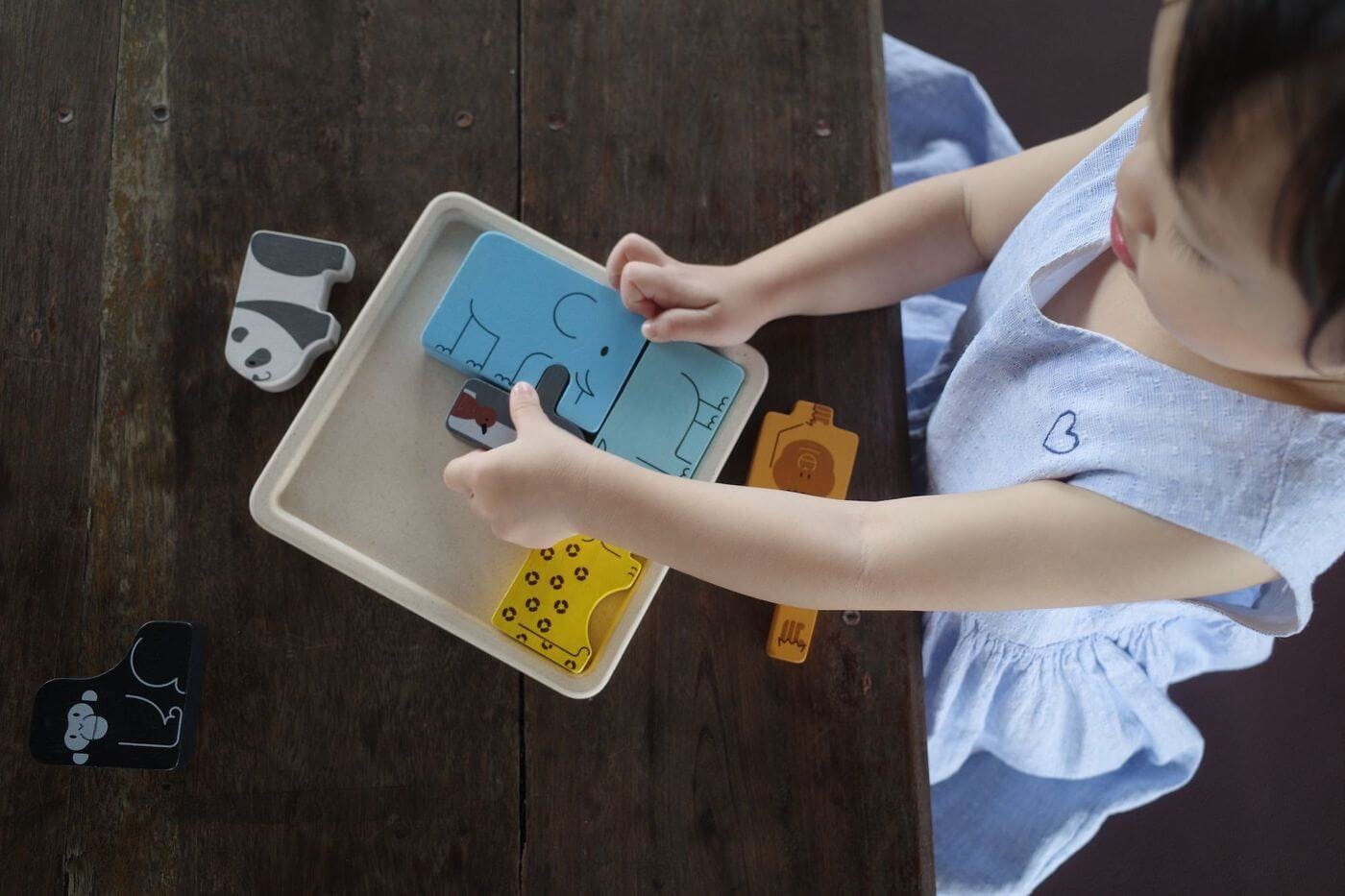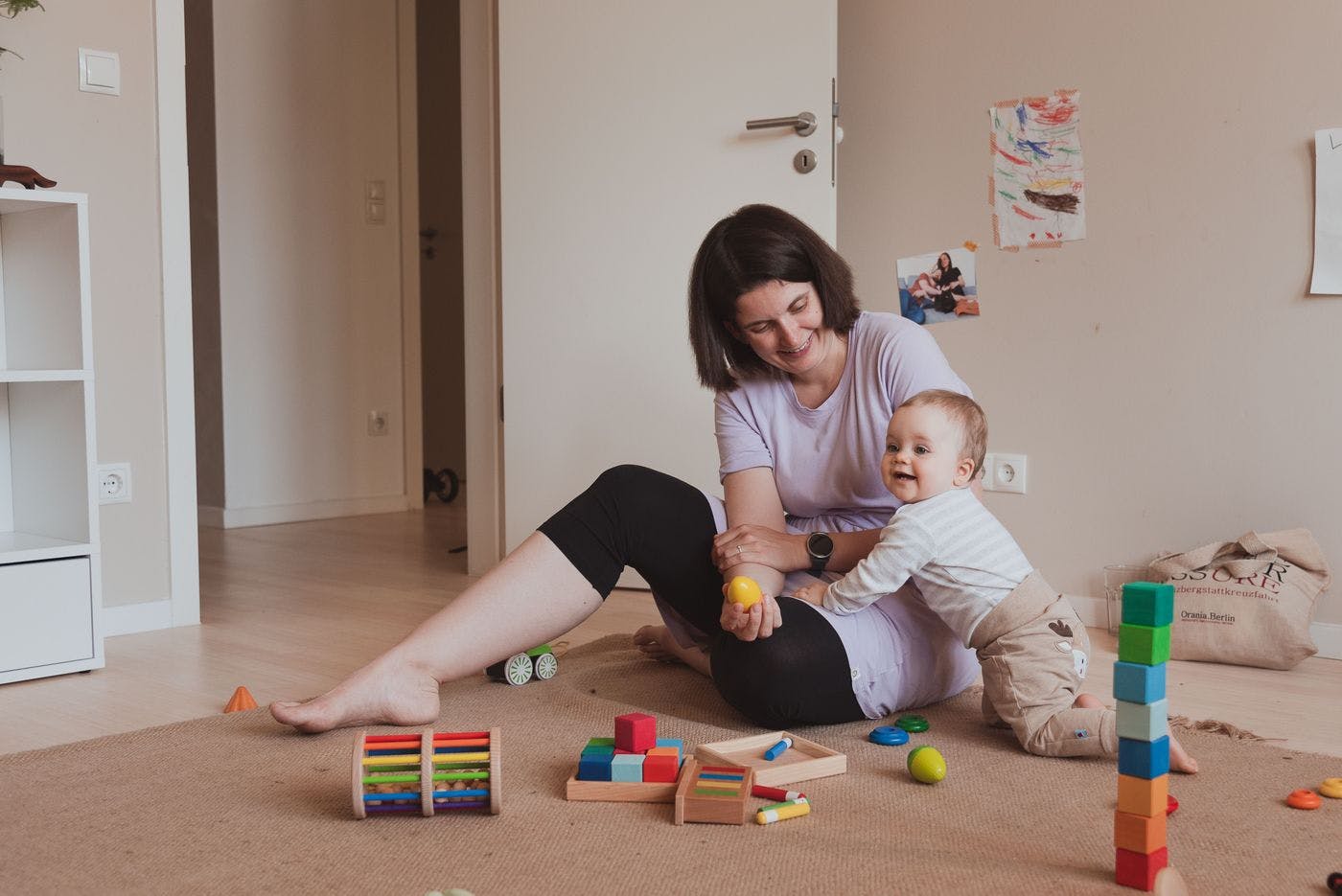
Mirror, Mirror: The Surprising Benefits of Mirror in Play
Have you ever wondered why your child loves looking at themselves in the mirror? We promise it’s not that your infant or toddler is already conceited and self-absorbed. They’re not checking to make sure their hair looks nice or that they don’t have any blemishes. That comes much later - during the glorious teenage years you have to look forward to in the future; just kidding!
The reality is that mirror-gazing is a favorite activity for babies and is a great way for them to develop many skills. Mirror play not only develops your child’s visual senses, it allows them to begin to recognize their own face, and helps them identify specific facial features and emotions. Research shows that toddlers begin to recognize their reflection between eighteen to twenty-four months. Before that time, babies seem to just enjoy the company of the smiling, babbling baby they see in the mirror. We all love time with friends, right?
Developing the ability to recognize their reflection is a crucial step in building a strong sense of self-awareness, a key component in a child’s overall social-emotional development. A little later, around the age of two, children also develop the ability to identify more facial features and a wider range of emotions. This is a great time to introduce vocabulary like chin, eyebrow, surprised, and frustrated.
Mirrors appeal to a young child’s innate interest in viewing faces and provide a great opportunity for them to practice locating their facial features. They may also have fun matching their facial expression to various emotions as their knowledge and awareness of these concepts deepens. Making faces in the mirror helps toddlers identify what different emotions look like on their own face. Identifying feelings and emotions in this way is critical for developing empathy as your little one begins to realize their feelings are distinct from those of others allowing them to become more mindful of others’ emotions.
To help support your child’s interest in the mirror, you can offer them the Mirror Toy from our Mouse Box. Using the Mirror Toy, you can play games where you ask your baby to point to different body parts on their face (“show me your eyelashes” and “touch your cheek”). You can ask them to show you various emotions, encouraging your little one to watch their reflection in the mirror to see how their facial expression changes. You might say, “Everyone look angry. Here’s my angry face. Where’s yours?” Asking your baby to try to match your expression or the expression on the face of people on emotion cards, posters, or even in their favorite book is another fun activity that helps them identify feelings and emotions in themselves and others.
So the next time you question if your little one may falsely believe they have a new friend in their mirror or are simply obsessed with their reflection, remember that mirror play is a simple way to support their development in many ways!
References
American Academy of Pediatrics. (2012). Milestones during the first 2 years. Healthychildren.org. https://www.healthychildren.org/English/ages-stages/toddler/Pages/Milestones-During-The-First-2-Years.aspx
Puglisi, D. (2019). Reflecting on babies and mirror play. First Things First. https://www.firstthingsfirst.org/first-things/reflecting-on-babies-and-mirror-play
Webb, A. (2020). Child psychology classics: The mirror test. The Thoughtful Parent. https://thoughtfulparent.com/child-psychology-classics-mirror-test.html
 Written by Heather White
Written by Heather White






